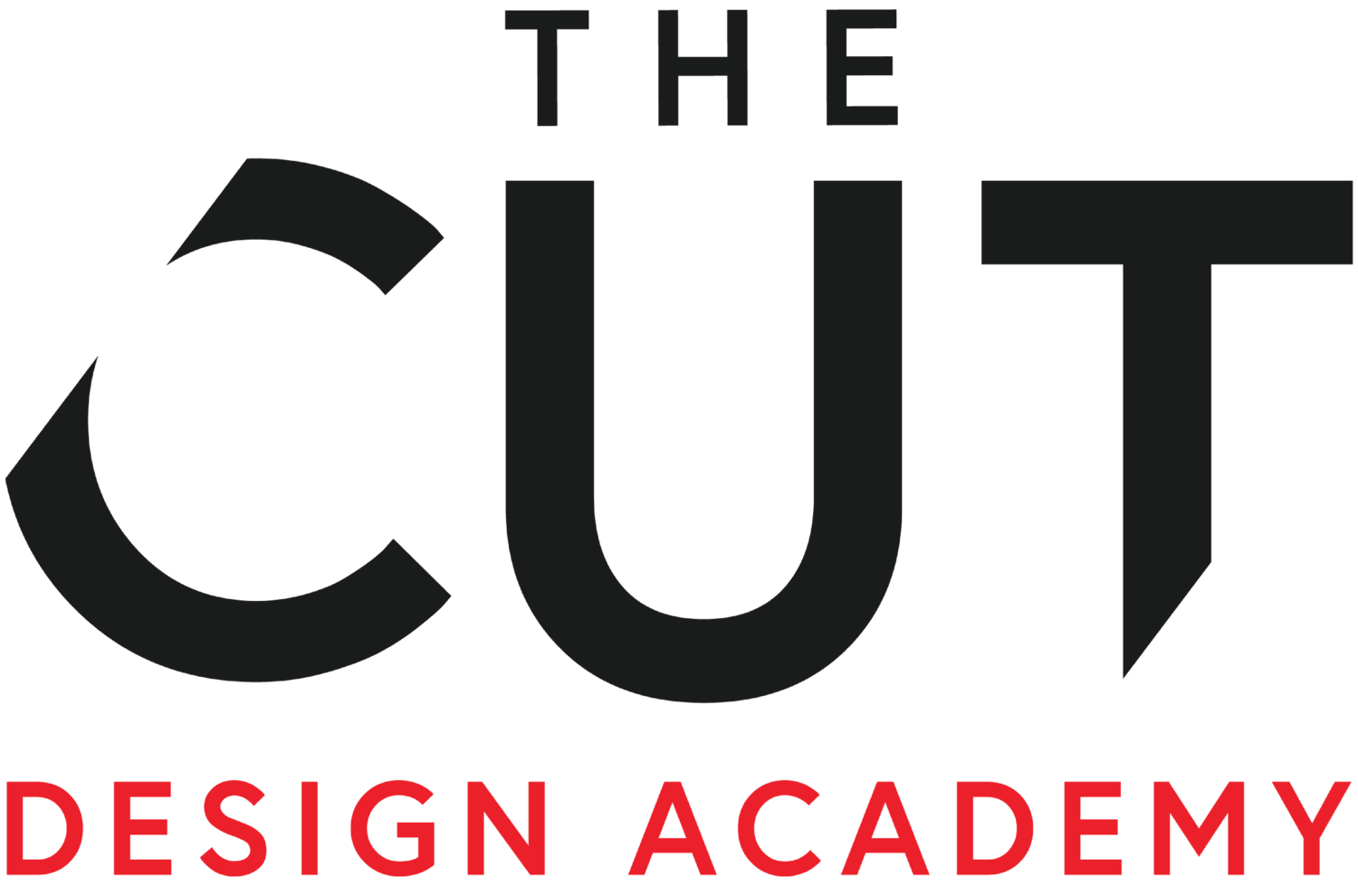What Should I Include in a Killer Fashion Design Portfolio?
You’re sitting at your desk, coffee in hand. Another morning, another stack of applications—25 digital portfolios, fresh in your inbox.
Some open with style. Clean layout. Strong statement. A punchy bio.
Others? It’s chaos. Cluttered pages, confusing images, missing context.
Within 10 seconds, you already know: this one’s getting shortlisted… and that one’s not.
As someone reviewing portfolios daily, I’ll tell you the truth: Talent is just one part. The way you present it is everything.
If you’re asking:
How do I stand out?
What do fashion houses, agencies, or clients want to see?
How do I build a portfolio if I haven’t had a job yet?
You’re already thinking like a designer.
Let’s break it down.
🎯 Step 1: Show Who You Are (Not Just What You Do)
Start your portfolio with a short creative bio. This is your opportunity to explain your aesthetic, your influences, and your unique perspective.
🧠 Admissions Insight: We don’t expect you to be fully formed—we want to see your direction, your spark.
💡 Tip: Include a photo or self-portrait, and 2–3 sentences about your design philosophy. Bonus points for storytelling—what inspired your first garment?
🛠️ Step 2: Feature 4–5 Strong Projects
Focus on quality over quantity. We want to see your ability to carry an idea from mood board to final garment.
Each project should include:
Concept statement
Mood board or inspiration images
Fabric swatches or technical notes
Sketches + final photos (ideally on model or mannequin)
📸 Pro tip: Include one collection that shows innovation—like upcycling, digital fashion, or niche markets (e.g. maternity, adaptive wear).
🧵 Step 3: Show Your Process
Design is problem-solving. Walk us through how you tackled challenges—maybe a tricky drape, a fit issue, or sourcing limitations.
🎥 Multimedia idea: Add a short video of you draping, sewing, or testing a fabric.
What this shows:
Critical thinking
Real-world readiness
Passion
🧑💻 Step 4: Include Technical Skills
This is a must in today’s industry.
✅ What to add:
Digital flats (Adobe Illustrator or Procreate)
3D pattern-making (Clo3D, Gerber, or TUKAcad)
Construction photos
Spec sheets or line drawings
This signals to employers and instructors: You’ve got the tools. You’re ready to learn more.
🚀 Step 5: No Experience? Build Your Own Briefs
If you haven’t had a job yet, we don’t expect one. Instead, create your own projects.
Try this:
Design a capsule collection for a real brand
Reimagine a look from your favourite runway show
Create garments for a fictional film or artist
🎯 The goal: Show initiative and imagination.
What matters isn’t where you worked—it’s how you think like a designer.
🧩 Step 6: Make It Easy to View
Keep your portfolio in a clean, professional layout:
PDF or online portfolio (Behance, Wix, personal site)
Clearly labelled pages
High-res imagery
Easy-to-navigate structure
🧠 Bonus: Include a clickable Table of Contents.
🎓 The Cut Difference
At The Cut Design Academy, our programs are structured so your assignments become portfolio-ready pieces. Whether you’re in Pattern Making Fundamentals, Digital Illustration, or our 3-Year Fashion Diploma, you’ll graduate with a cohesive body of work that reflects your design identity.
💬 Ready to build your killer portfolio with expert support?
Join a vibrant community committed to inspiring the next generation of fashion professionals. Take the first step toward your dream career today!
📥 Want expert feedback on your portfolio? Join our Portfolio Preparation at The Cut.
🔗 Explore our Fashion Design & Creative Arts Diplomas
🔗 Follow us on Instagram
📲 Don’t forget to share this post with your fashion friends!




